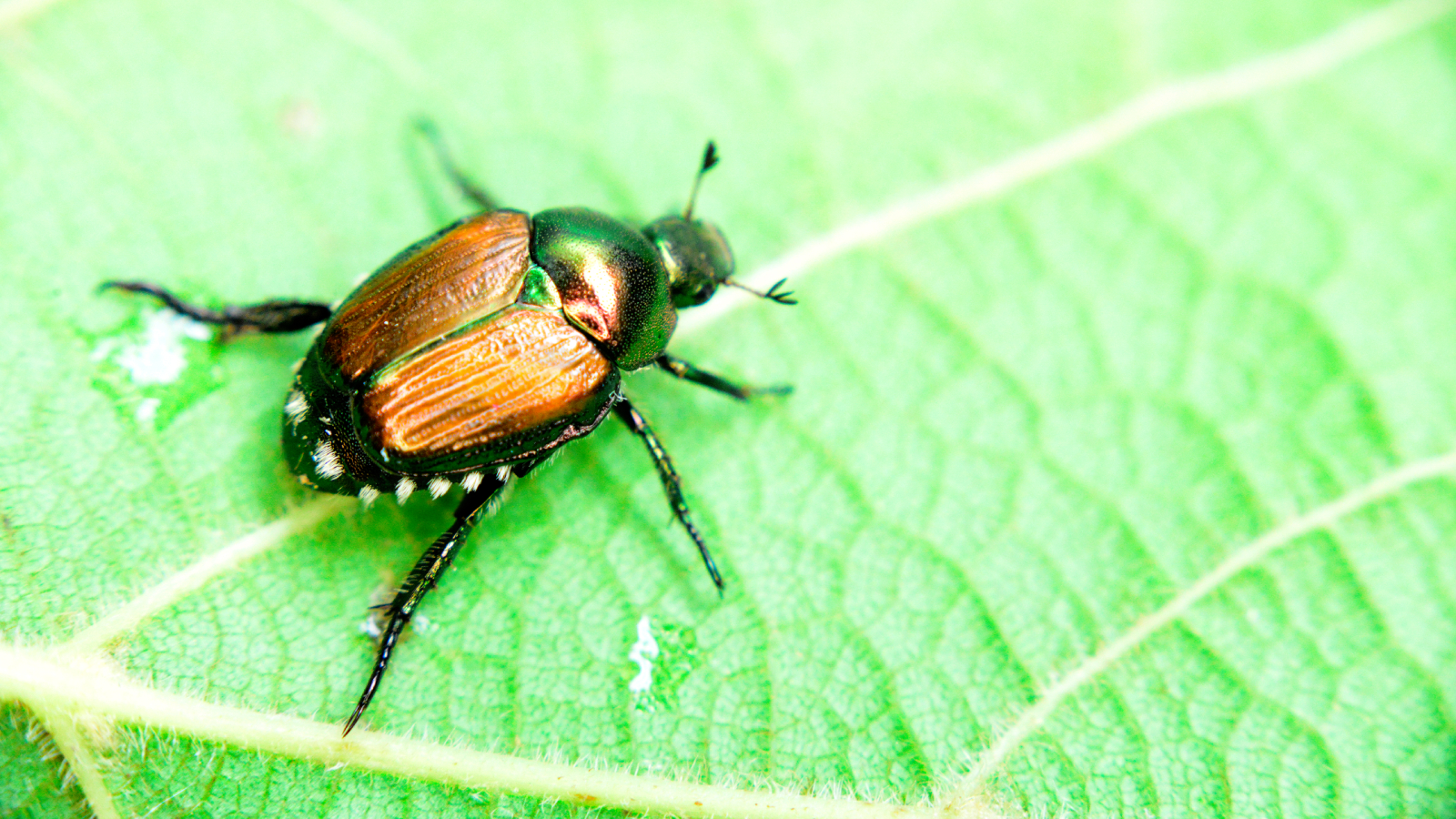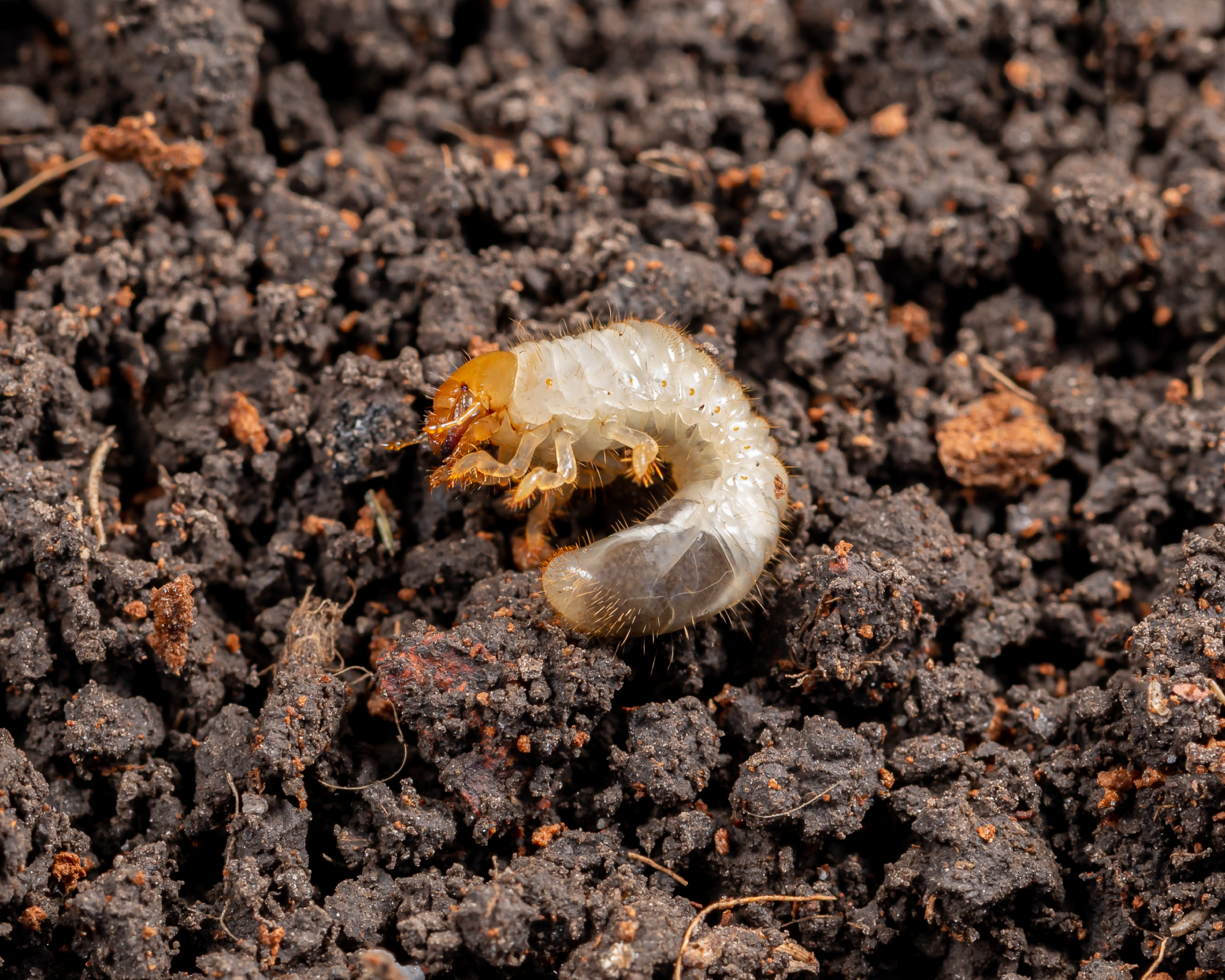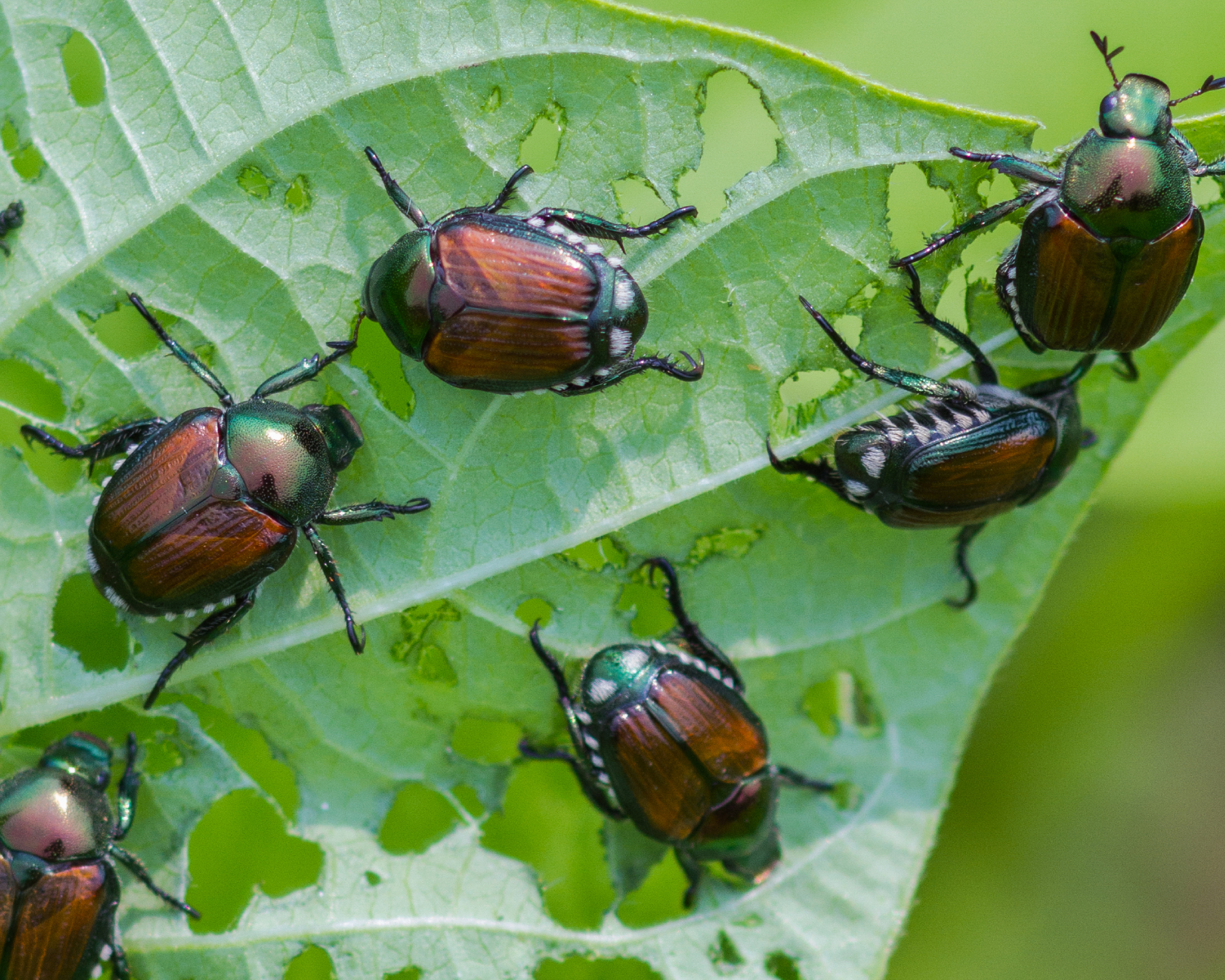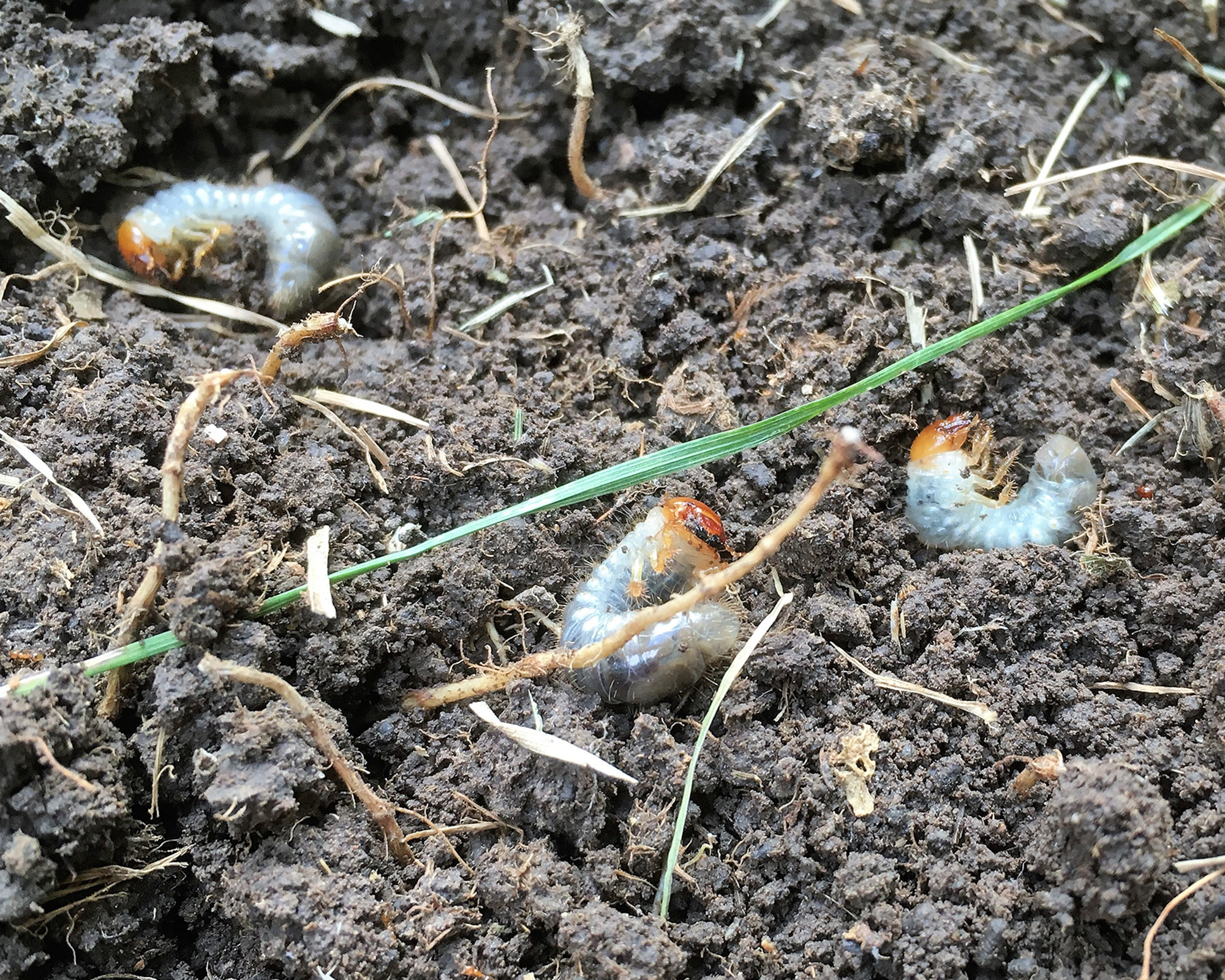This Organic Japanese Beetle Grub Control Is Flying Off The Shelves – But There’s An Even Better Product You Should Try
Milky spore is great, but if you're looking for a faster solution to your Japanese beetle grub problem then it's time to try this other organic product.


Invasive Japanese beetles impact more than 300 different species of plants, attacking a variety of flowers, trees, vegetables, and grass. Adult beetles skeletonize leaves and their grubs can ruin your lawn. All in all, they’re pests from the beginning of their life cycle to the end.
If adult Japanese beetles or their grubs are plaguing your garden this summer, there are a few different ways to control them. One product that’s been especially popular with shoppers recently is milky spore. Though it is an effective and natural remedy for Japanese beetles, there is another organic option that’s even better.
Let’s take a look at the pros and cons of using milky spore to control Japanese beetles and their grubs, as well as another product that works even better and helps prevent other common garden pests.
What Is Milky Spore?
Milky spore disease, or the Paenibacillus popillae bacterium, was first discovered in the 1930s. By the 1940s, it was available to home gardeners and marketed as a control method for the Japanese beetle grub, a common lawn and garden pest in the Eastern half of the United States.
To use milky spore against lawn grubs, sprinkle the product over your lawn. Japanese beetle grubs then ingest the milky spore, the spores reproduce inside the grubs, then once the grubs die even more milky spore bacteria spread into the soil.

Pros & Cons of Milky Spore
Milky spore only affects Japanese beetle grubs and is not a direct defense against adult pests or other species. The idea is that by treating the grubs over the course of a few years, you decrease not only the grub population but the overall Japanese beetle population.
Milky spore, which you can buy on Amazon, is a safe and natural way to control Japanese beetles. The biggest benefit of this product is that you don’t have to worry about harming pets or people when you use it on your lawn.
Sign up for the Gardening Know How newsletter today and receive a free copy of our e-book "How to Grow Delicious Tomatoes".
One of the obvious negatives, however, is how long it takes to work. It can take up to 3 to 5 years of application and waiting, depending on the size of your yard, to notice an impact on the Japanese beetle population. This can be a turnoff for many gardeners.
Amy Draiss, our Digital Community Manager who managed a retail garden center for over 20 years said, "When I was working at the garden center, I noticed a lot of customers were really intrigued by milky spore—they’d often come in saying they’d read great things about it online. But once they realized it required multiple applications and wasn’t the quick fix they were hoping for, many ended up choosing more conventional grub control products instead.”

Milky spore does persist in the soil for a long time, though. It can last up to 10 to 20 years, making it a long-term solution to Japanese beetle infestations.
Another downside to milky spore is its susceptibility to cold. Soil temperature needs to be between 60° and 70°F (19° and 21°C) for the best results. In colder climates, milky spore can take even longer to spread.
What to Use Instead
If you’re looking for a faster and more effective way to control Japanese beetle grubs as well as other grubs and pests in your yard and garden, then it’s time to try beneficial nematodes.
Nematodes are microscopic worms that infect a variety of grubs, including Japanese beetle grubs, with a bacteria that kills the pest within 48 hours. They are safe for humans, animals, and earthworms, making them a great organic pest control option.
Beneficial nematodes are also highly effective. In field tests, they are shown to be up to 96% effective against Japanese beetle grubs. For the strongest defense against pests, use a dual defense of milky spore and beneficial nematodes together.

You can buy beneficial nematodes on Amazon that help get rid of a combination of pests including Japanese beetles, fleas, fungus gnats, and thrips. If Japanese beetles are your biggest problem, be sure to choose Heterorhabditis bacteriophora (Hb) nematodes.
August is the perfect time to use beneficial nematodes to get rid of Japanese beetles. The soil temperature must be above 60° F (19° C) and pests must be in the grub stage. Apply the nematodes in the evening or on a cloudy or overcast day because light and excessive heat can kill the microscopic worms.
To use beneficial nematodes, first water your lawn or garden, then mix the nematodes with water, then water them into the affected areas of your landscape. If you can’t use the nematodes immediately, store them in the refrigerator for up to 2 or 3 weeks. Then say goodbye to grubs and beetles!

Laura Walters is a Content Editor who joined Gardening Know How in 2021. With a BFA in Electronic Media from the University of Cincinnati, a certificate in Writing for Television from UCLA, and a background in documentary filmmaking and local news, Laura loves providing gardeners with all the know how they need to succeed, in an easy and entertaining format. Laura lives in Southwest Ohio, where she's been gardening for ten years, and she spends her summers on a lake in Northern Michigan. It’s hard to leave her perennial garden at home, but she has a rustic (aka overcrowded) vegetable patch on a piece of land up north. She never thought when she was growing vegetables in her college dorm room, that one day she would get paid to read and write about her favorite hobby.